Easy Car Mods That Dont Ruin Reliability
Automobiles have become so ubiquitous in the world around us that the miracle of the internal combustion engine seems more like merely a commonplace commuter's tool rather than a revolutionary technological advance. But there are so many cars around us on a daily basis—on streets, in parking lots, stuck in traffic, off-roading on desert trails, and caroming over snowy passes—that many drivers feel the urge to start transforming their car into something unique and special. Mechanics love it when a customer walks in with their first modification in mind. They know that the first step down the modding path often leads to a spiraling black hole of spending that can quickly run up into the many thousands. But for a society full of people that spend so much time in cars, the expenditures can seem 100% worth it.
Updated February 2022: If you're looking to get the most out of your daily driver, you'll be happy to know that we've updated this article to show you which car modifications to get and which to avoid.
That illusion, however, stems from a misplaced notion that many of us harbor, namely that we regularly come even anywhere close to pushing our cars to the limit. In reality, modern vehicles are so complex and advanced, with engineering so fine-tuned, that the average driver barely taps into their car's potential. When it comes to excessive mods, the need for more, more, more often ends up limiting that potential, leading to drivers who feel like they've improved their skills when in reality they've merely worsened their car. However, for daily drivers who battle the weekday grind, a handful of simple details can make the difference between a nice day at work and a slogfest bound to ruin every single day. Keep scrolling for the 10 best mods for every daily driver, and 10 to avoid at all costs.
20 Best: Tires
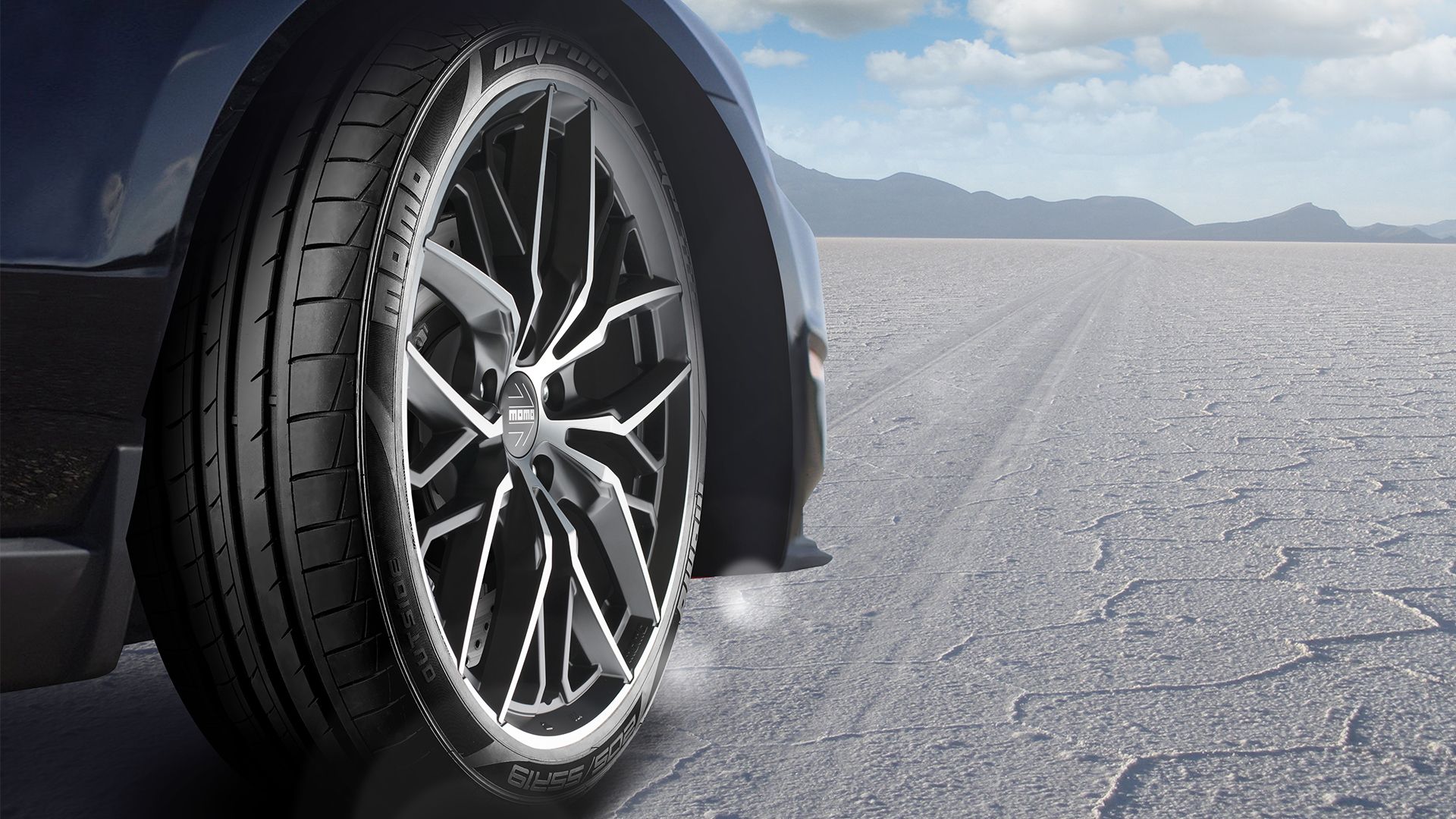
The first upgrade on the list for a smart car owner should always be better tires. Everything that makes a car a solid daily driver depends eventually on the patch of rubber in contact with the ground—the engine and transmission, all that horsepower and torque, brakes, and all the aerodynamics in the world amount to nothing if the tires don't have traction.
The difference between cheap tires, which lack grip when new and only get worse as they age, and even slightly more expensive tires is a big jump. High-end products with summer and winter ratings may cost even more, but when it comes to tires, the difference of a few hundred bucks can one day make the difference between happy driving and a scary accident.
19 Avoid: Racing Slicks
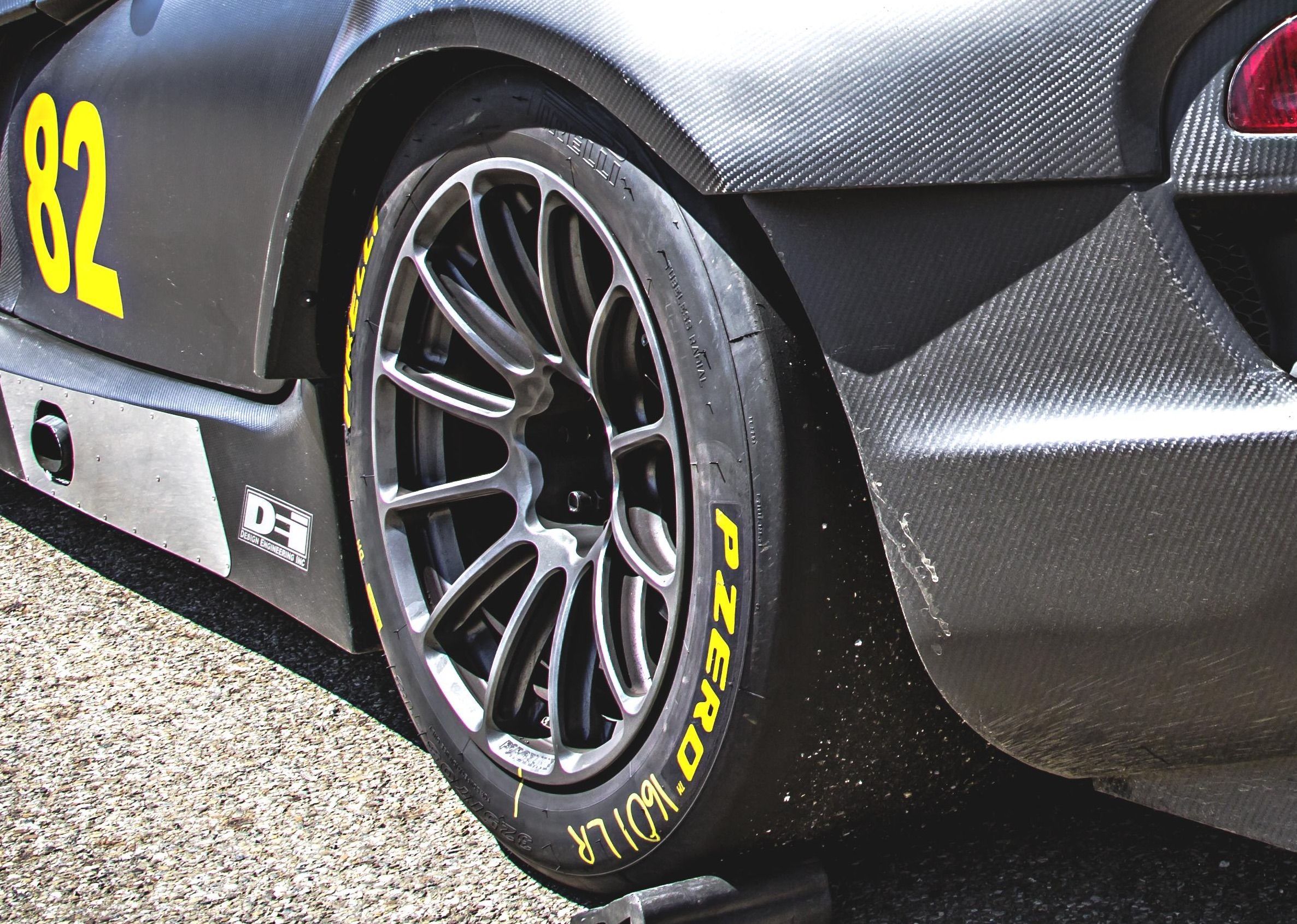
Plenty of readers may see racing slicks on the list of mods to avoid and wonder why, given that a tire upgrade was previously purported to be the number-one, first-step, most-valuable modification to make on a car. And sure, racing slicks do offer incredible levels of traction—after all, that's why race car drivers use them.
But everyday tires are designed to maintain traction in every situation a car might encounter on a daily basis, and even racing crews swap out for wet-weather tires when conditions dictate. Mounting racing slicks to a daily driver is incredibly dangerous and illegal in most regions, as any tiny patch of fluid—especially oil—on the road can lead to a complete loss of traction.
18 Best: Wheels
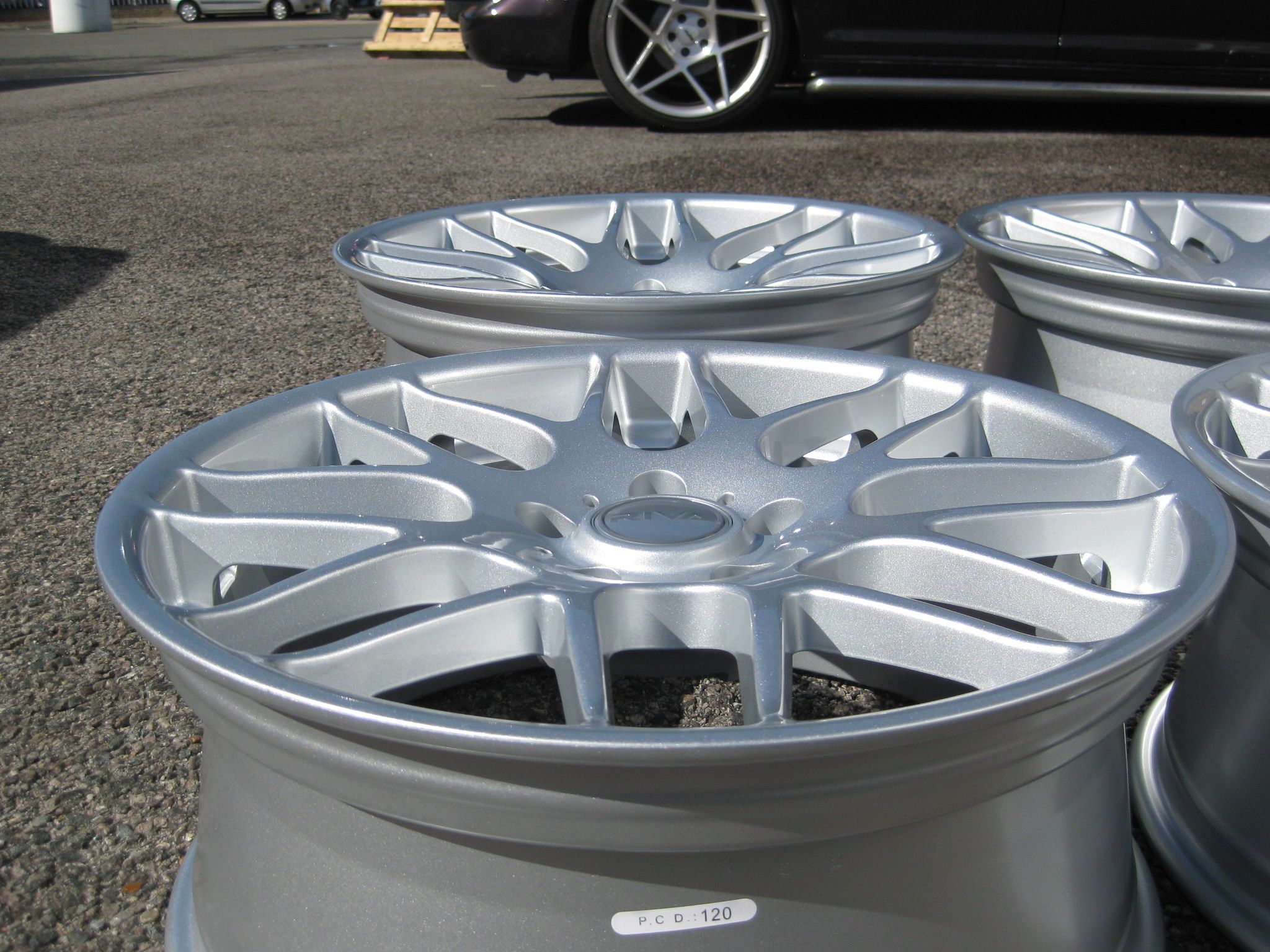
Most cars leave the factory in a state of eternal compromise, as automotive manufacturers are forced to choose a purposeful balance between more expensive material, build quality, and performance versus affordability, reliability, and efficiency. One of the ways that many carmakers cut corners is by selling their vehicles with cheap tires (which are the first and best upgrade for any car, daily driver or racer).
But some brands also choose to save money by skimping on wheels, which allows them to further skimp on tires. Sometimes a good step when purchasing new tires is to upgrade wheels as well, reducing rolling inertia and increasing the range of higher-end tires available for purchase.
17 Avoid: Rolled Fenders
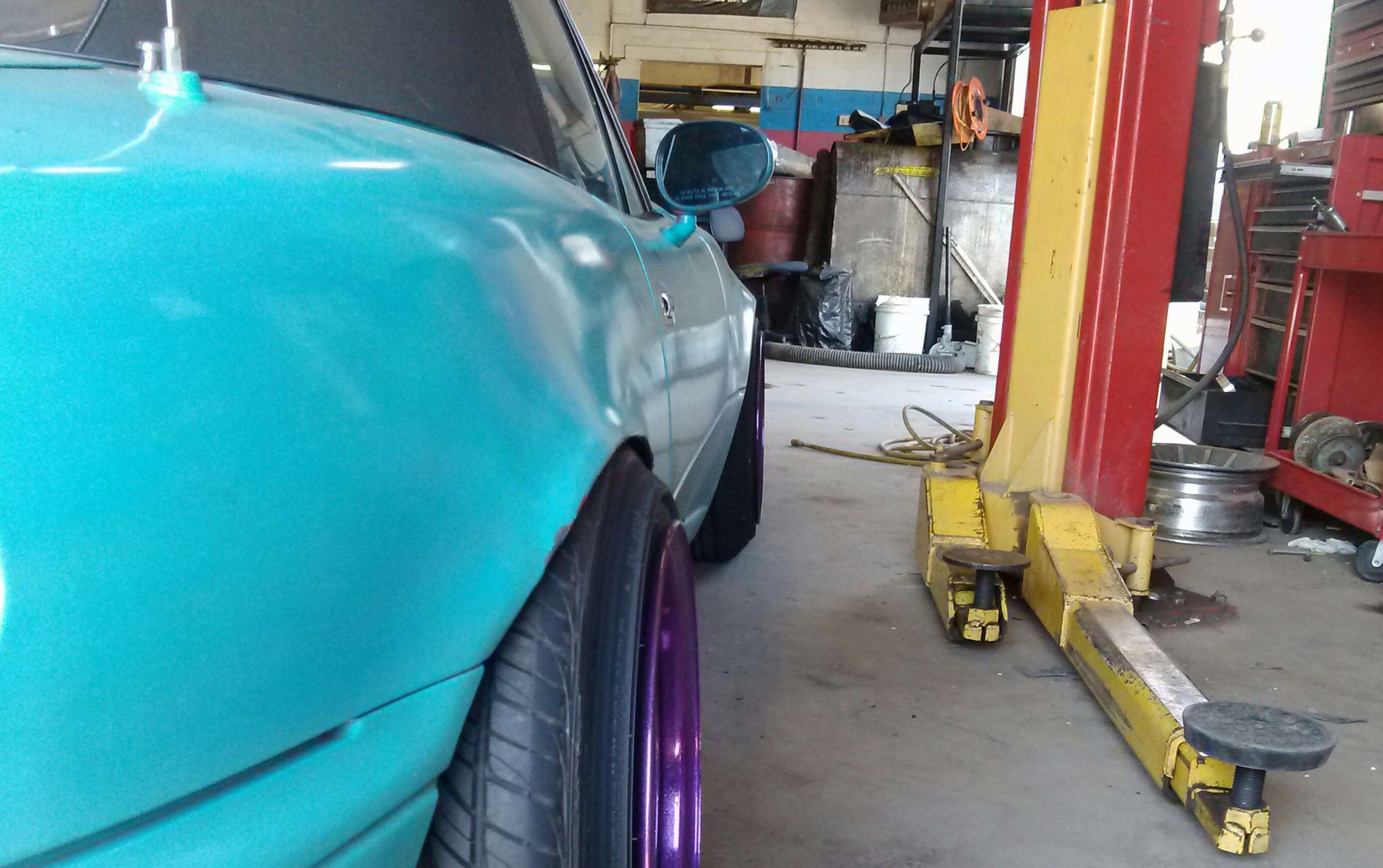
One way that some drivers choose to bolt on overly enormous wheels and tires to their cars is to roll the car's fenders out to fit the look they want. And though this may add a bit more aggressiveness to a car's profile, while simultaneously allowing for the use of wheels and tires that wouldn't otherwise work, the process has an extremely high chance of ruining a paint job, causing dents and warps in body panels, and typically allows for wheel and tire combos that are too large for a car's suspension and end up rubbing and bumping against the rest of the vehicle.
If a car can't handle the kind of modifications that seem perfect, perhaps an entirely different car is in order.
16 Best: Brakes (And Lines)
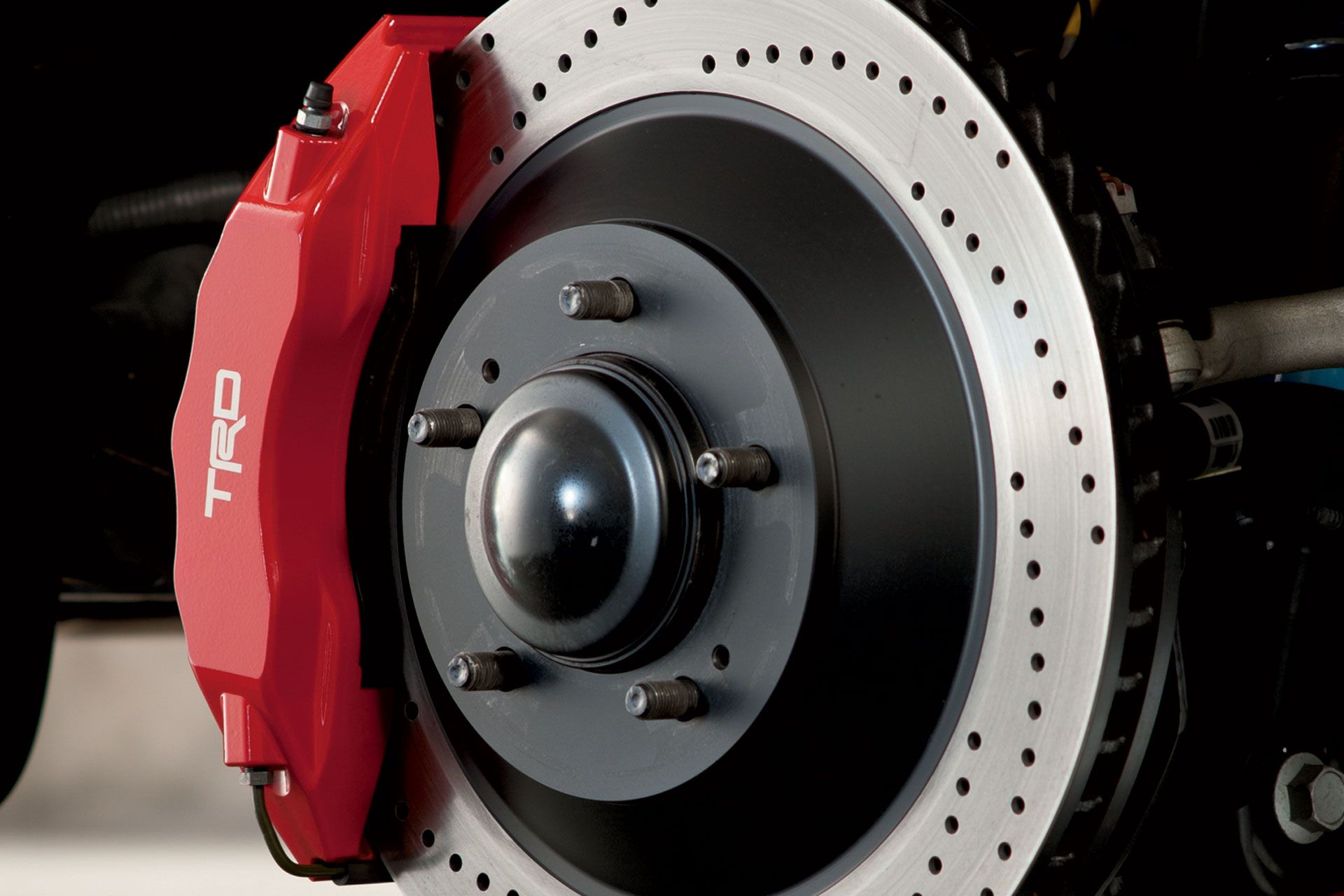
For daily drivers, especially those purchased on the secondhand market, reliability, and safety are key concerns. One crucial safety feature of every vehicle that many owners largely disregard is brake maintenance. Plenty of drivers only swap in a set of cheap-as-dirt pads once their brakes start to squeak, when in fact they should probably change pads as well as rotors, and perform a brake flush, as well.
From replacement OEM-grade brakes to larger rotors, calipers, and pads, a brake upgrade can save lives while also improving performance during spirited driving. Steel-braided brake lines can also be a good idea for older cars.
15 Avoid: Body Kits
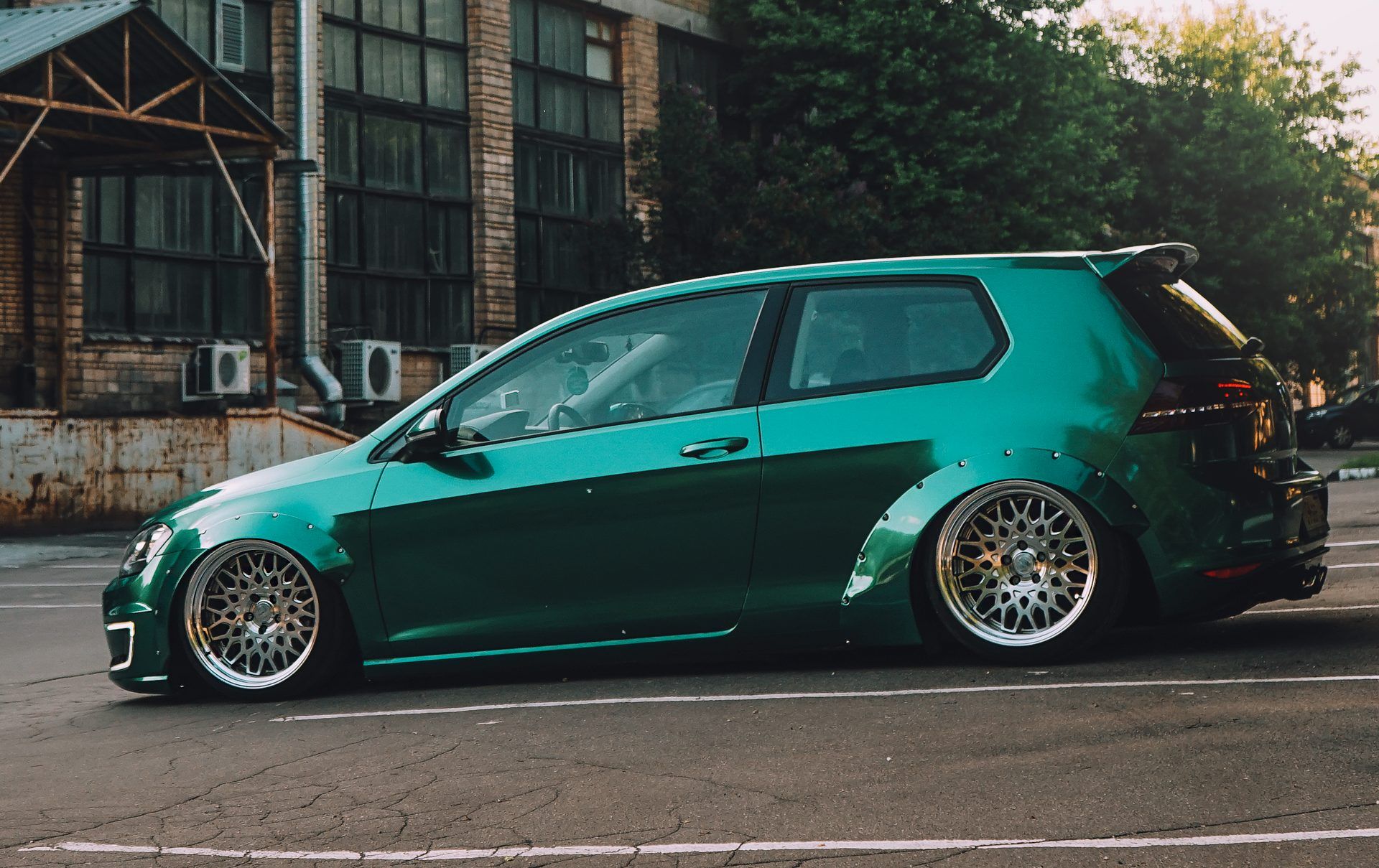
Getting that race car look is a strong draw for many backyard tuners and modders, and throwing on fender flares and a body kit are common ways to go one step further than suspension drops, a rear wing, and huge wheels.
But the draw of body kits is typically outweighed by the fact that they won't fit quite perfectly and are likely to rattle, they may, in fact, fall off during actual spirited driving, and they ruin the car's actual body panels during installation. Cars leave the factory with designs that have been refined for years, and the best bet is to choose one that is already perfect rather than trying to extensively rework the exterior with a body kit.
14 Best: ECU Tune
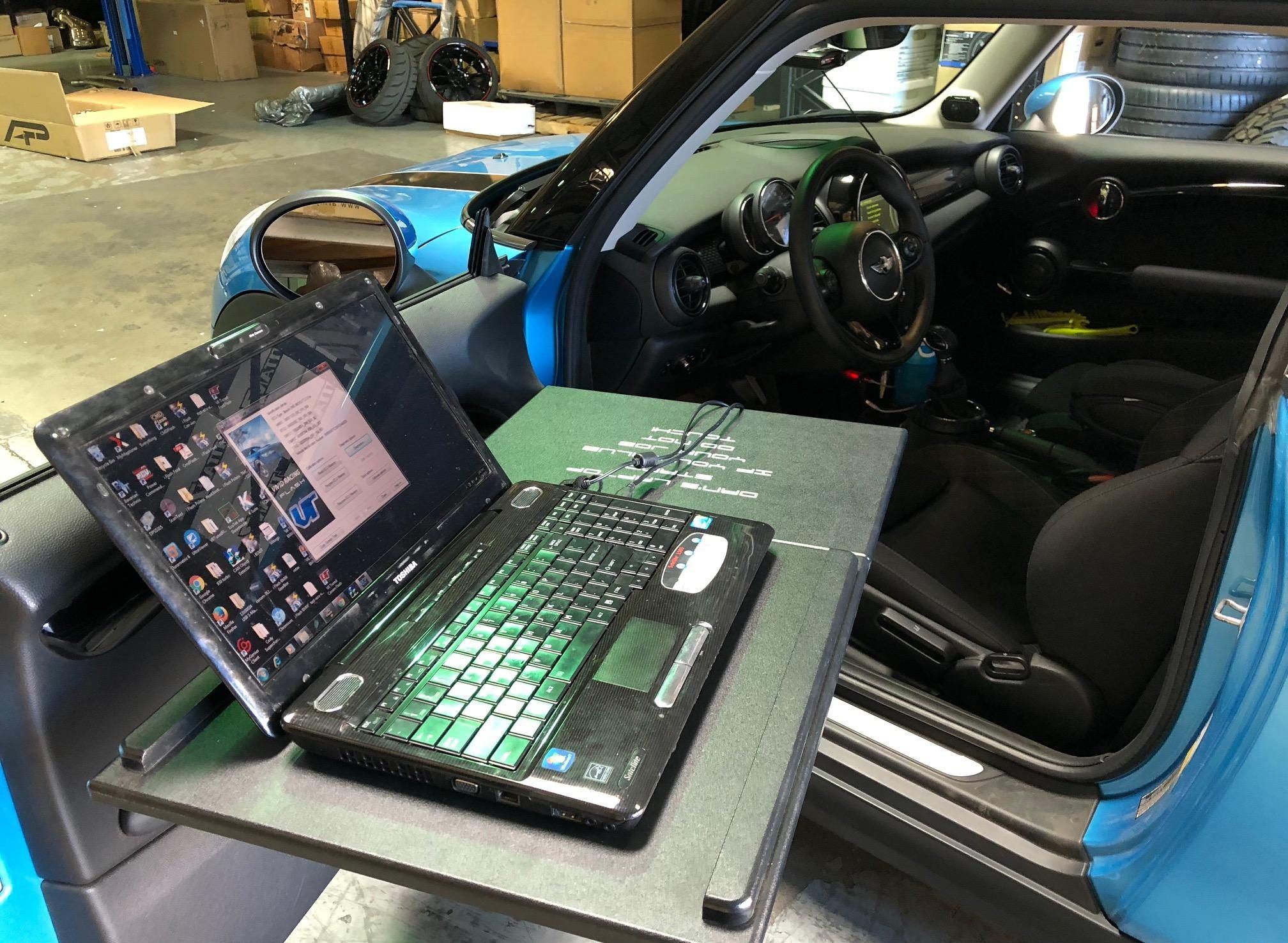
In pursuit of fuel efficiency and engine longevity, most cars leave the factory with their engines tuned to deliver less power than their engines are truly capable of making. An aftermarket ECU tune can be a great way to improve power output, as most drivers know, but they can actually revise the air-fuel ratio significantly enough to improve fuel economy, as well.
Especially on supercharged and turbocharged cars, where an ECU tune is most effective, the optimized calculations offered my aftermarket brands can seriously upgrade driving enjoyment - though be sure a car has followed its maintenance schedule before slapping in a new chip willy-nilly.
13 Avoid: Nitrous Oxide (NOS)
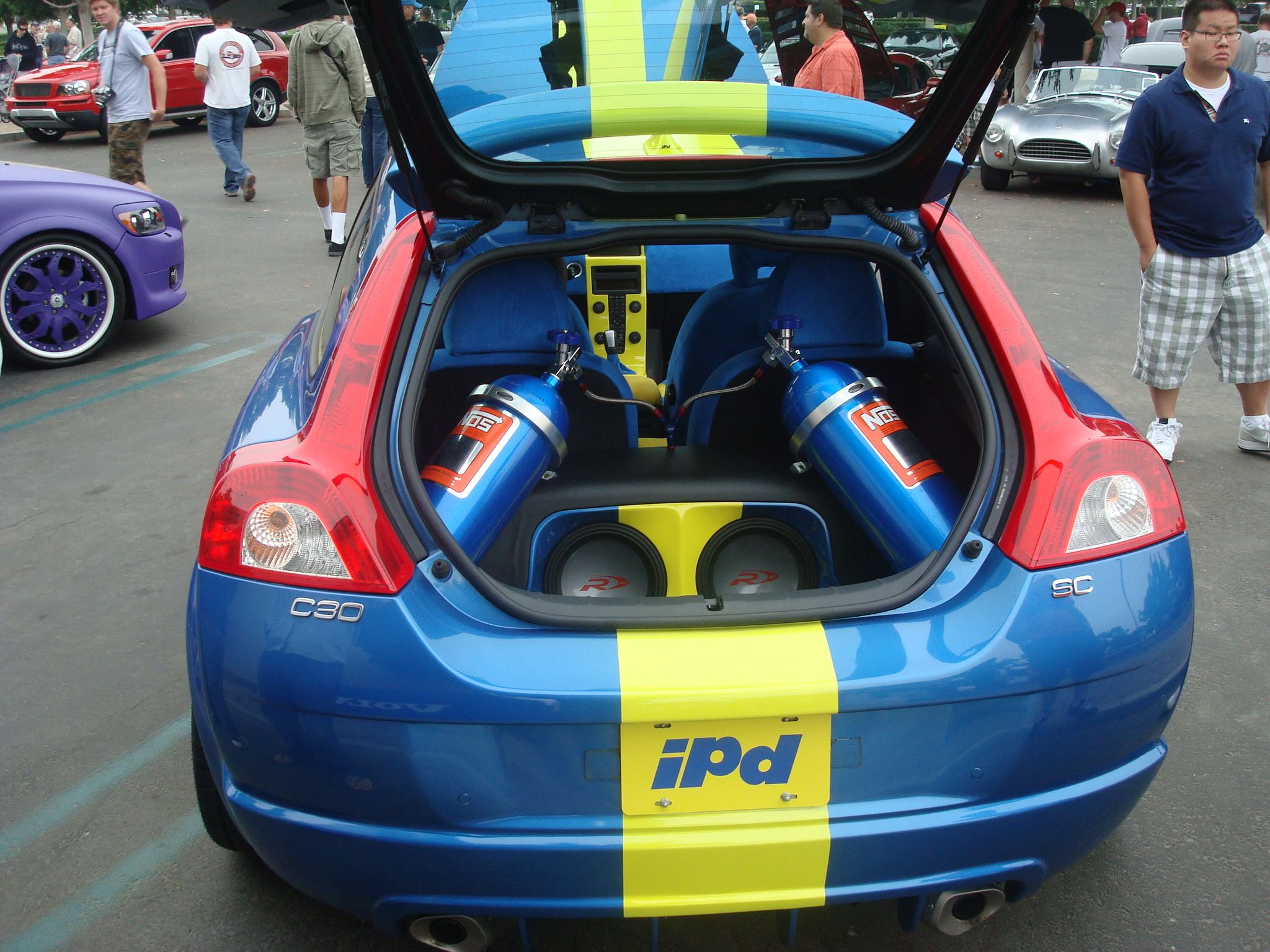
Nitrous Oxide has reached almost mythical status thanks to its frequent use by the characters in The Fast and the Furious film franchise. And the truth is that punching a button to inject NOS into an engine as the finish line approaches will boost power output and slam everyone back in their seats, but the reason that happens is that nitrous is a more flammable fuel than actual gasoline.
And while modern vehicles feature fuel cells that are highly engineered to prevent combustion in the case of an accident, most NOS systems are installed by semi-amateur racers looking for a bit of boost—a dangerous combination that should be avoided at all costs.
12 Best: Shocks/Springs Or Coilovers
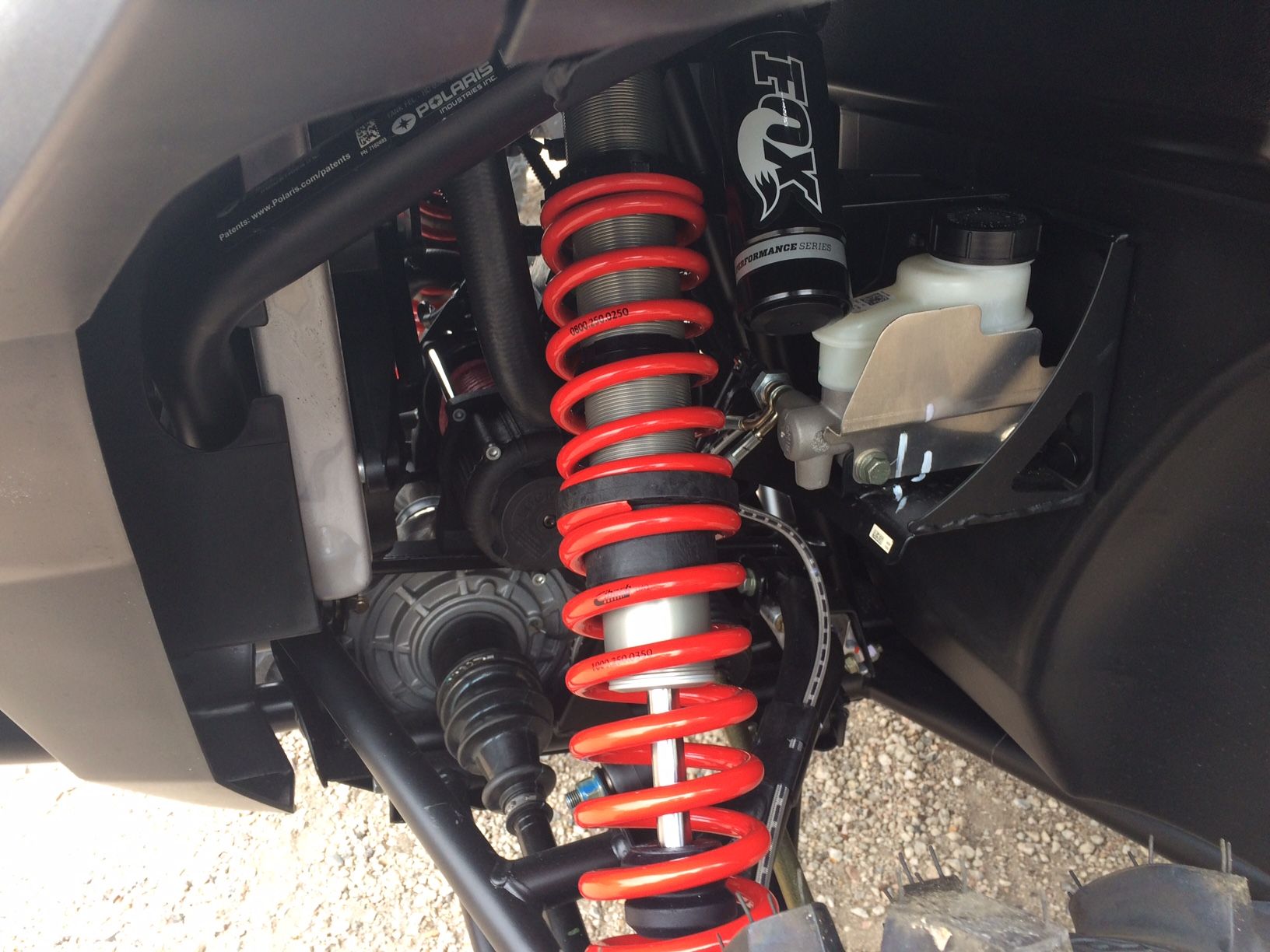
For many car owners, suspension modifications are an absolute must. But the advantages of aftermarket springs, shocks, and coilovers aren't just about getting that cool-looking, lower ride height—suspension mechanicals are wear items in the real world, and require replacement at regular intervals.
A high-quality set of shocks and springs can help the rest of the car age better over time, and coilovers are typically an even better bet as their spring and damping rates are optimized for each other. A good setup may be quite expensive, but the improvement in daily ride quality, as well as performance-wise, can be substantial.
11 Avoid: Air Bags

A growing trend among the tuning and modding crowd is the absurd practice of dropping a car down extra low over airbags, with the goal being a nonexistent ride-height paired with excessive camber (those wheels angled way, way too far out).
Bagging a car almost highlights how preposterous other lowered cars look, but at the same time also ruins a potentially solid daily driver. Lowering a car to that extent not only risks damage to the engine, drivetrain, and chassis from the slightest surface imperfections, but also reduces traction, ruins steering geometry, and makes driveways impossible. Avoid bagging, and the drivers of bagged cars, at all costs.
10 Best: Sway Bars

While most modders pick out lowering springs and shocks as the best way to improve their handling characteristics, sway bars (also known as anti-roll bars) are a widely overlooked aspect that can seriously improve predictability—and driver confidence— during cornering.
Sway bars are also relatively cheap compared to many mods and can be simple to install in a home garage. Thicker sway bars help to transfer cornering load more evenly, though an important upgrade to perform simultaneously is the installation of beefier drop links (also known as sway-bar end links) so that the car's factory components don't fail under added stress.
9 Avoid: Muffler Delete
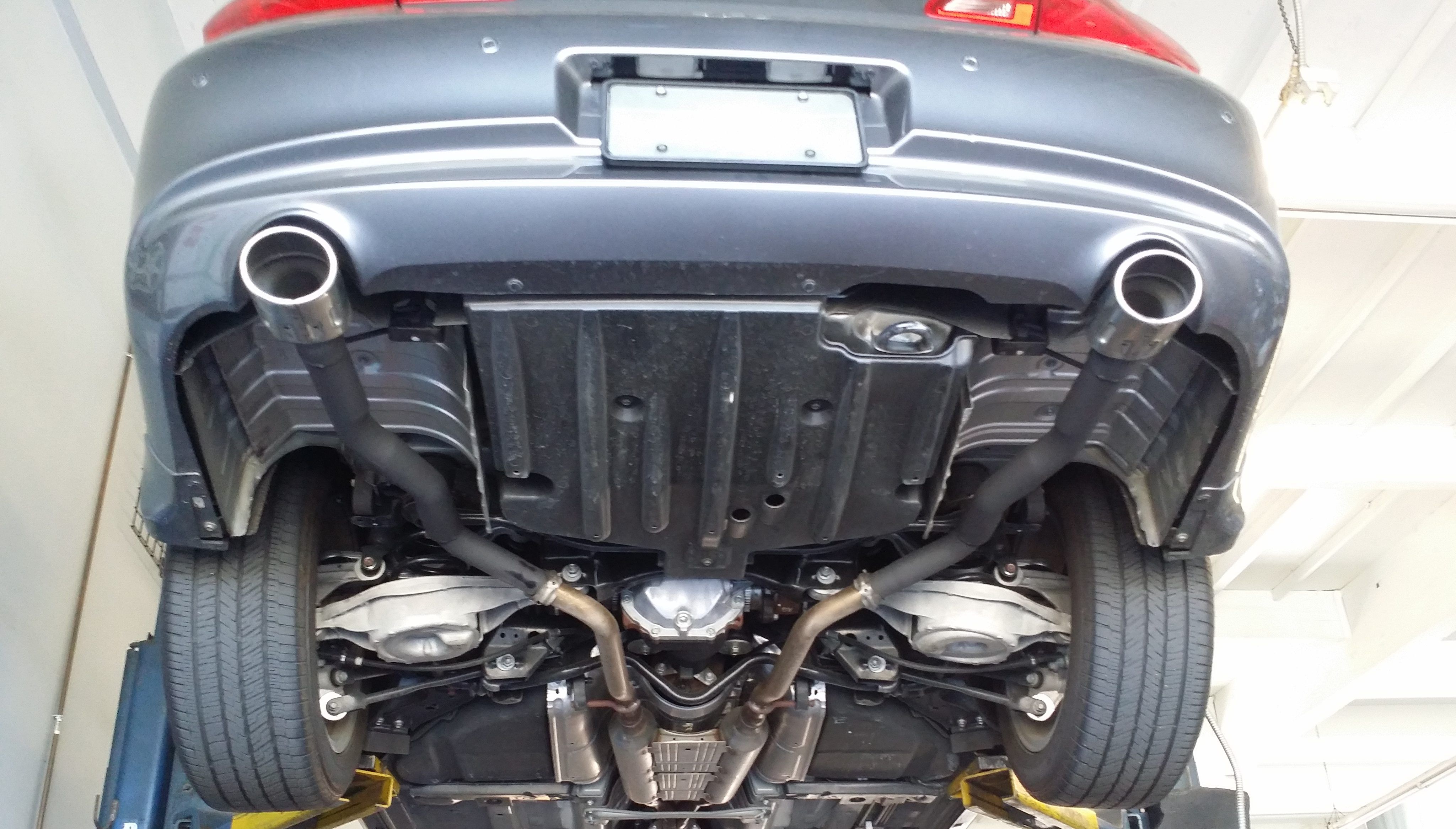
Much like a cat delete, removing the mufflers from a car's exhaust system helps to reduce airflow restrictions, thereby resulting in power gains. A muffler delete is generally undertaken to increase the sound of an engine, elevating decibels to levels that many modders just love but that ordinary drivers hate.
Rather than deleting mufflers altogether, higher-end exhaust upgrade setups will offer the choice between a resonated or non-resonated system, with different levels of sound output catering to a driver's particular desire. Such systems can help reduce the risk of getting pulled over for a noise-related violation from the police, as well.
8 Best: Exhaust
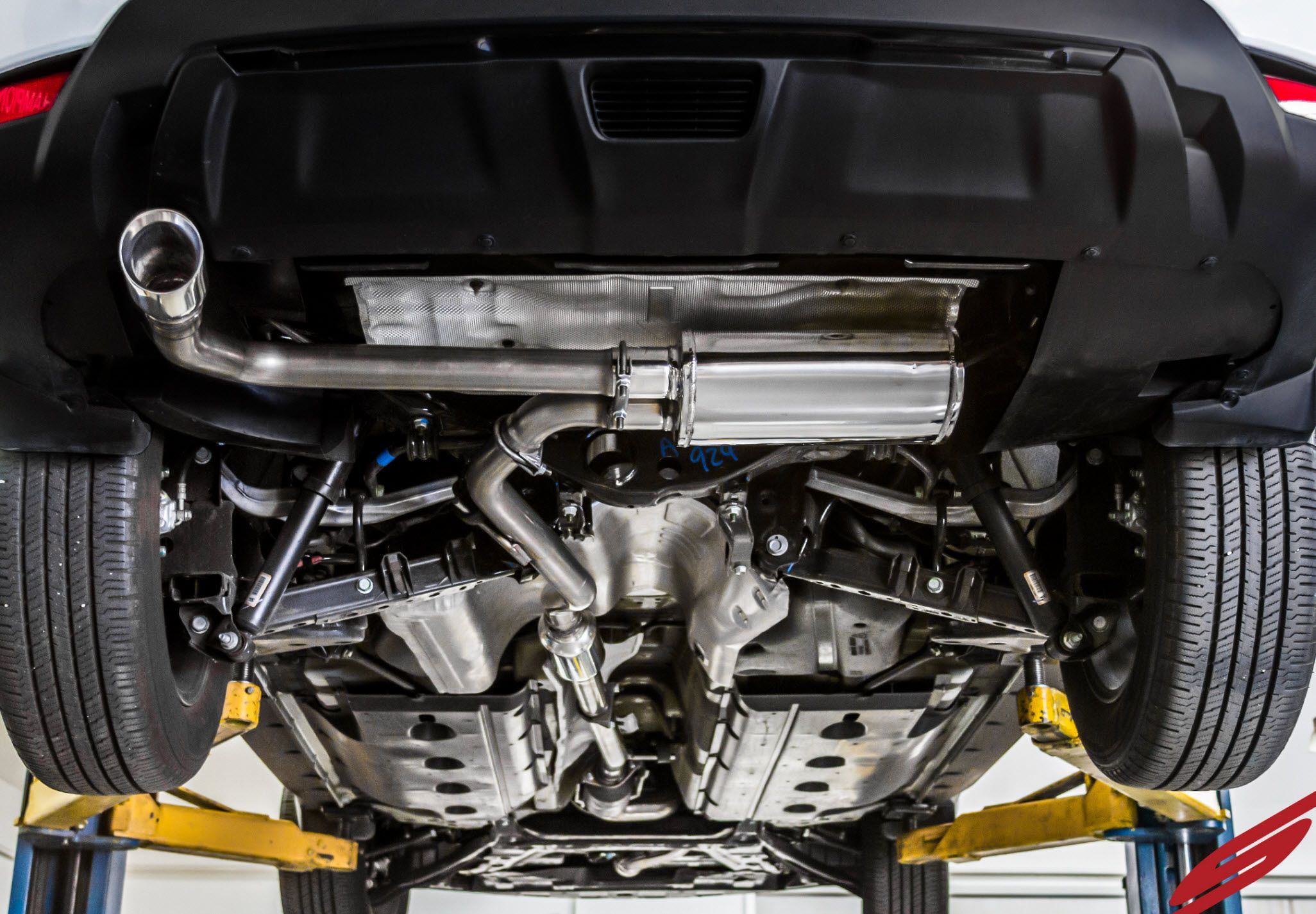
Exhaust upgrades aren't only intended to produce a deep, roaring engine note—although plenty of modders seem to think the entire goal is to have a car that wakes the neighbors up first thing every morning. In reality, the purpose of the entire exhaust system is to help the engine exhale while simultaneously reducing emissions.
So a better exhaust should help the engine exhale better, or more freely, while maintaining emissions levels the same. The resultant power gains will be minimal, yet noticeable, but other benefits of a high-quality exhaust system include lighter weight, longer life, and yes, a wonderful growl when the engine starts to rev up nice and high.
7 Avoid: Rear Wings
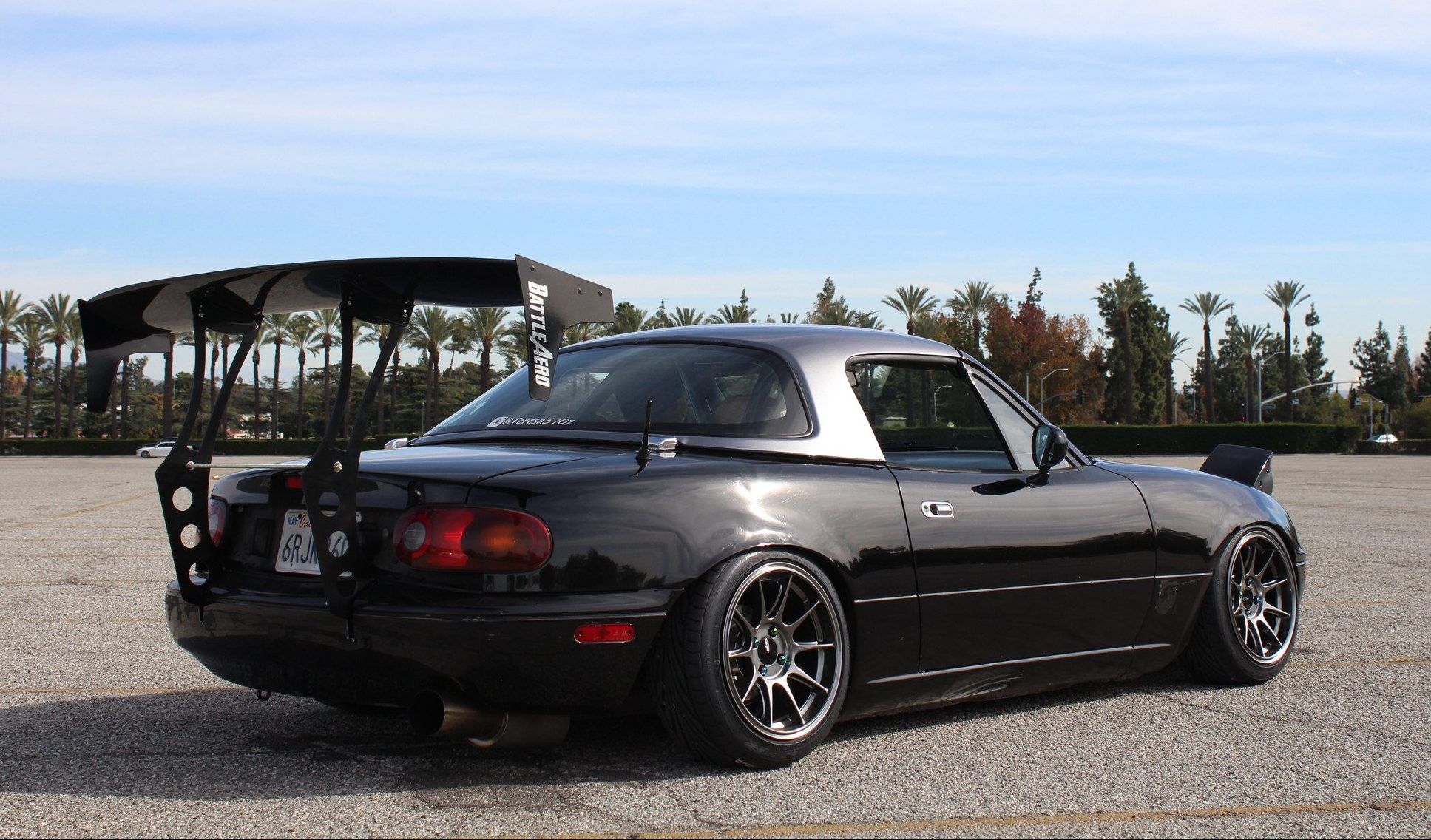
Plenty of drives look at the coolest cars in movies, on race tracks, and in the world around them and reasonably conclude that enormous wings are a must-have for any serious performance machine. But in reality, gigantic wings have no place on a car that is not seeing serious track time, as the increased drag and reduced visibility simply isn't going to be worth the slight downforce a wing might produce at high speeds.
The word might is important here, as a spoilers profile and installation location have to be specifically designed match a car's aerodynamic profile, something that's not typically the case for the vast majority of aftermarket wings bought online and bolted on in backyards all over this country.
6 Best: Rear Diffuser
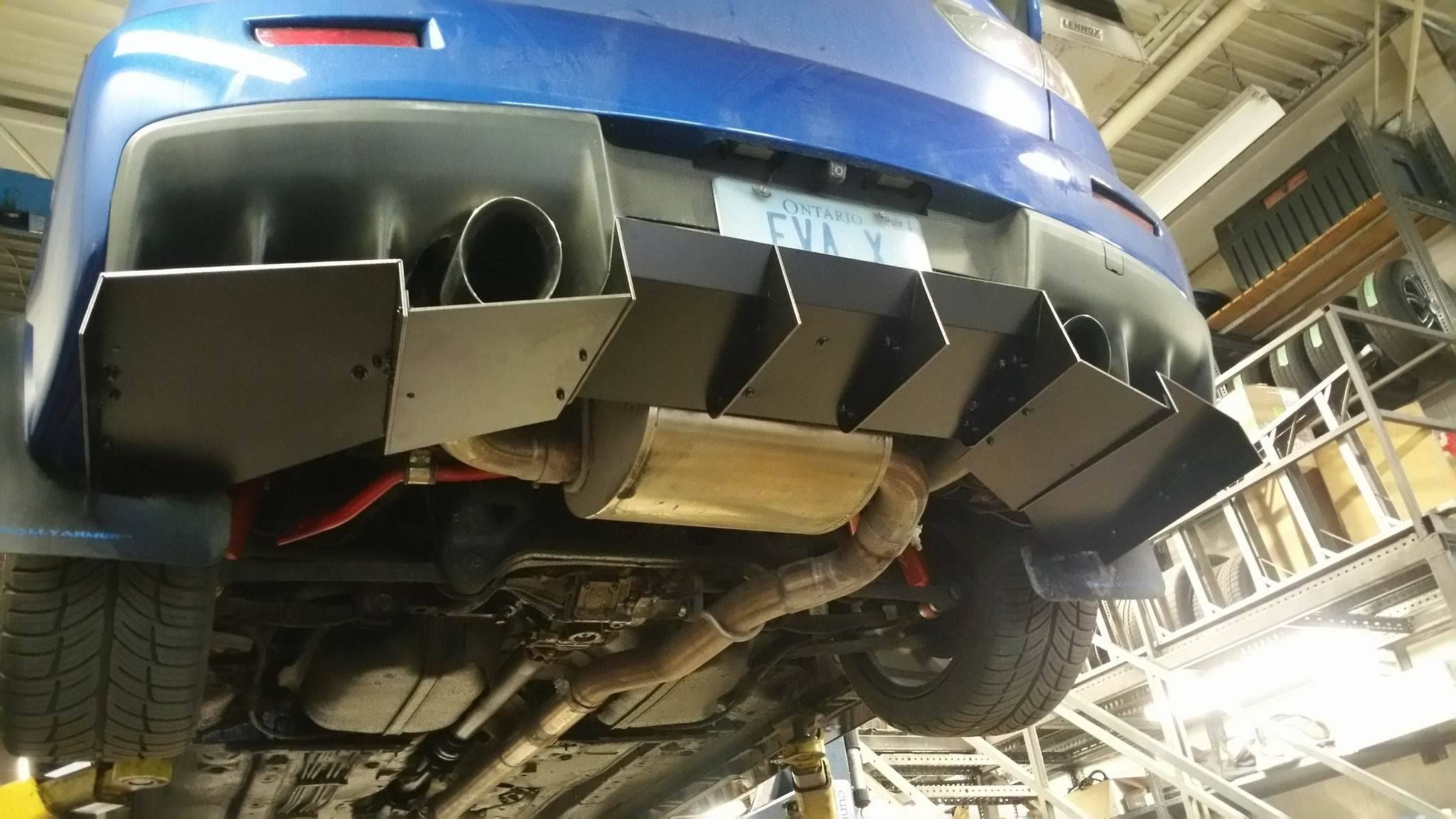
Many modders watch race cars, movies and TV shows, and the rest of the cars around them and decide that an enormous rear spoiler is sure to add a power increase to any car. The truth is that rear spoilers are only effective if calibrated closely to conform with a vehicle's aerodynamic profile, and that most of the bolt-ons sold online are for looks alone.
What most modders probably should focus on instead is the downforce created by the strange-looking fins at the bottom of their favorite race car's rear end, enormous diffusers that keep a car planted to the tarmac without causing as much drag or reducing visibility like an enormous rear wing.
5 Avoid: Short Ram Air Intake
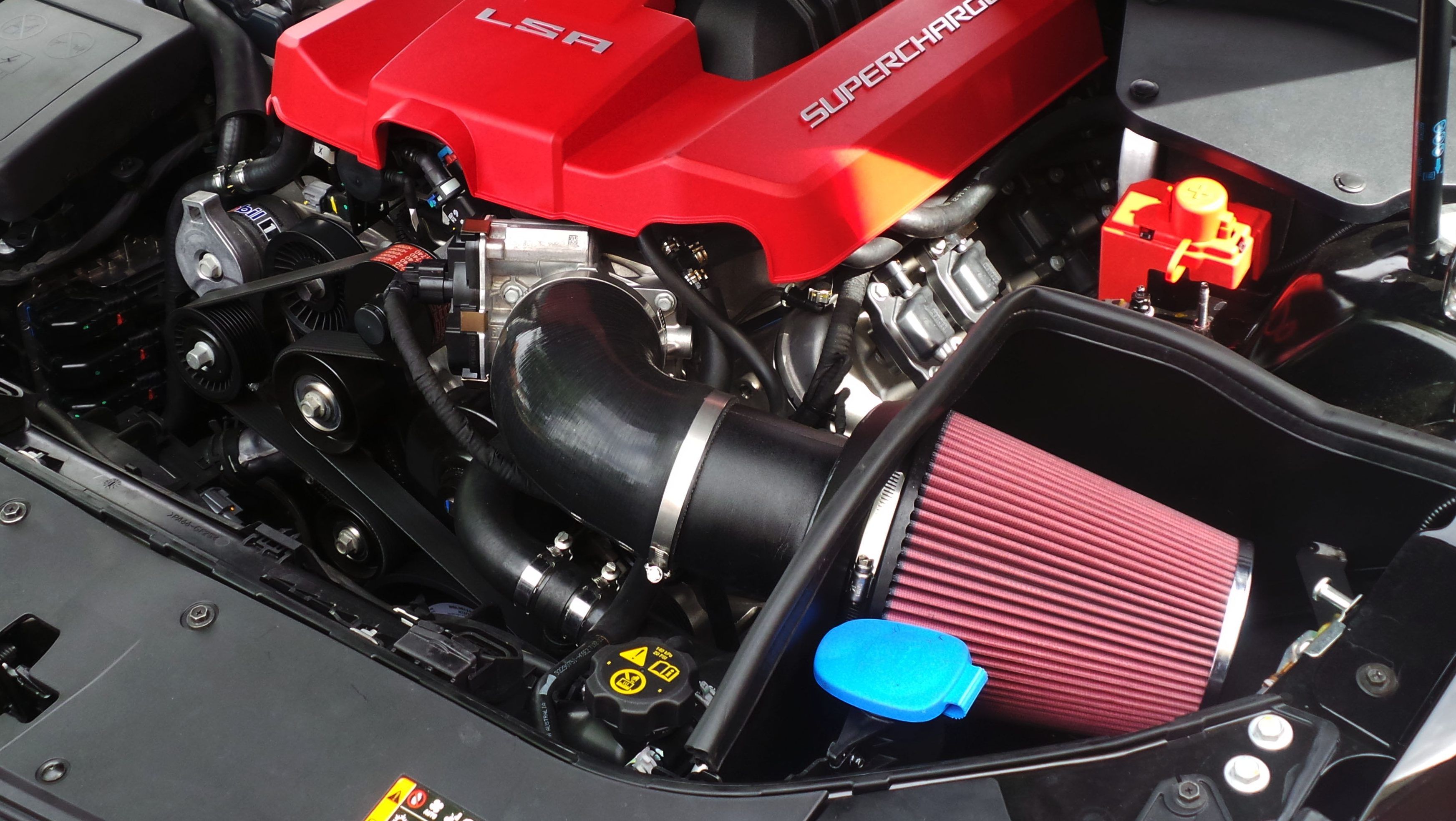
Many cars with aftermarket modifications on the secondhand market boast of a CAI, or Cold Air Intake, in the engine bay. That big conical filter definitely looks more impressive than a factory airbox and filter, but in reality, most modders who have added a CAI simply don't know what they're talking about.
The name itself betrays the purpose, since an airbox has an intake that grabs air from outside the engine bay, while these air filters (even with heat shield) is sucking hotter air from directly next to the internal combustion, transmission, wheels, and brakes. Add in the fact that many use liquid elements and still fail to filter the air as well, and whatever gains in sound or looks simply aren't worth the modification.
4 Best: Strut Tower Brace
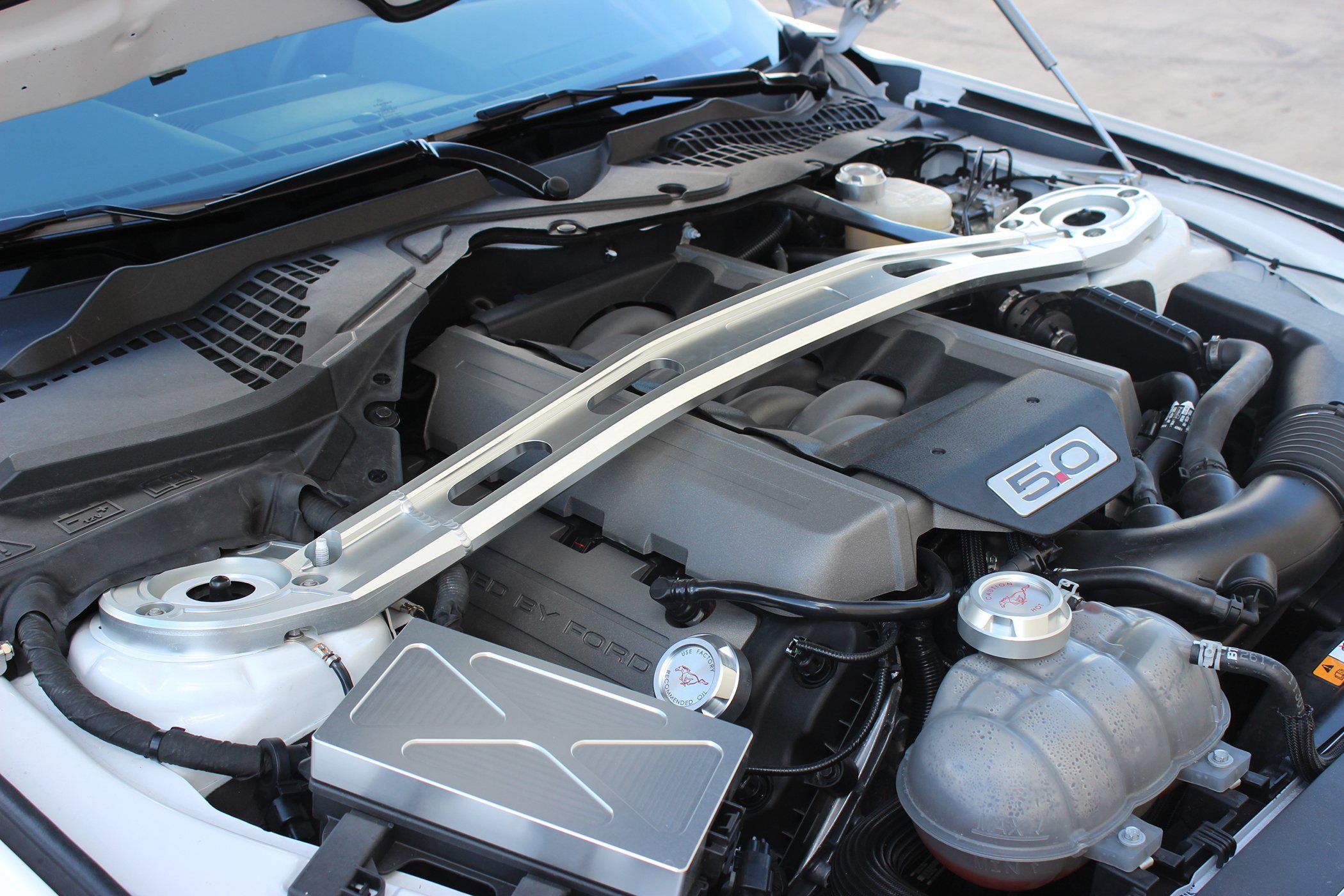
Automakers go to great lengths to improve the rigidity of their cars, which then helps to improve not just handling but also predictability while driving and the longevity of joints between mechanical components. Much like sway bars do when added to the underside of a car's suspension setup, strut tower braces help to transfer cornering loads from side to side while simultaneously reducing chassis flex.
The result is a car that simply feels tighter, leading to increased driver confidence—and best of all, strut tower braces both front and rear are relatively cheap and fairly straightforward to install, much like their sway bar siblings.
3 Avoid: Cat Delete
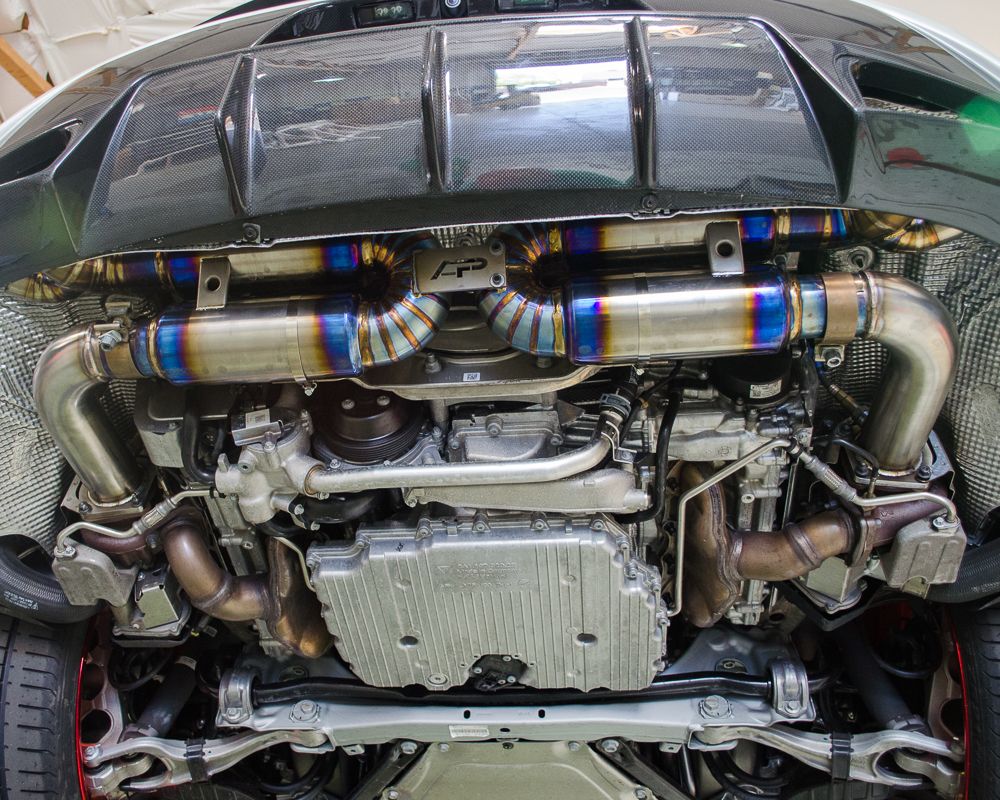
Catalytic converters are an essential part of a vehicle's emissions equipment, intended to convert potentially dangerous fumes into less harmful gasses—mostly by converting carbon monoxide into carbon dioxide. However, this process restricts air from leaving the engine freely, reducing performance for the sake of safety.
Many modders may choose to remove their catalytic converters to unlock some extra horsepower, but this is a dangerous step that is not worth the effort, is morally suspicious, and furthermore, is illegal in many regions. Cat deletes may come along with otherwise standard exhaust modifications, so be sure to closely inspect any performance-enhancing projects before beginning.
2 Best: Short Shifter
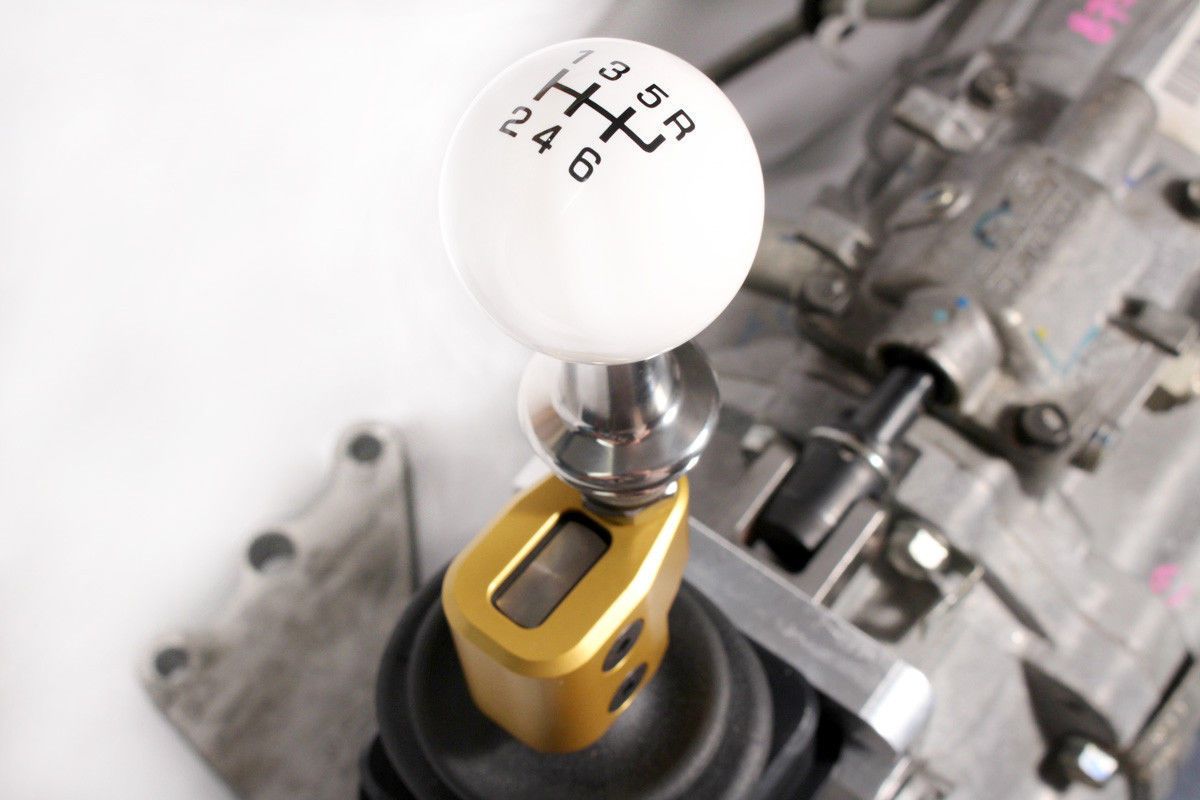
For those few drivers who still daily a car with a manual transmission, getting stuck in traffic while operating a clutch pedal and stick shift can be a real pain in the leg. After particularly bad days on the freeway, even elbows and biceps can become tired out, and one way to improve those awful experiences is to install a short shift kit.
By reducing the throw—the distance the shift knob travels between gear shifts—short shifters make gear shifts shorter, crisper, and faster, helping to reduce the human factor in a car's performance that so often hampers drivers who hope to reach or push beyond their limits.
1 Avoid: EGR (Engine Gas Recirculation) Delete

A little-known component of modern vehicles is the Engine Recirculation system, which cycles non-combusted fuel out of the exhaust, condenses it, and adds it back to the engine for ignition. The process reduces emissions while simultaneously enhancing efficiency, which should be obvious since it keeps fuel from escaping through the exhaust system.
But the EGR system is another feature that restricts an engine's exhalations, so some performance-minded modders choose to delete it altogether. The result is a car with slightly more power, but at the cost of a potentially large ticket should the authorities discover the mod, not to mention the need to buy more gas on the regular.
Sources: clinchedflares.com, wikipedia.org, and ecstuning.com.
Source: https://www.hotcars.com/best-mods-for-every-daily-driver-and-to-avoid/
0 Response to "Easy Car Mods That Dont Ruin Reliability"
Post a Comment